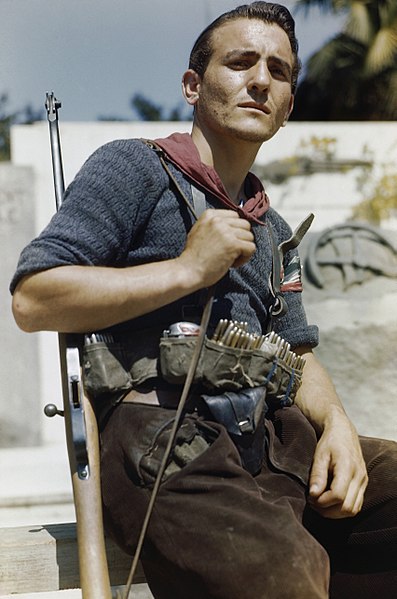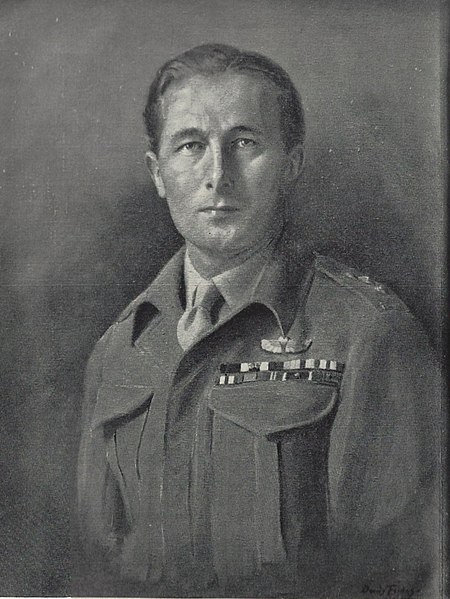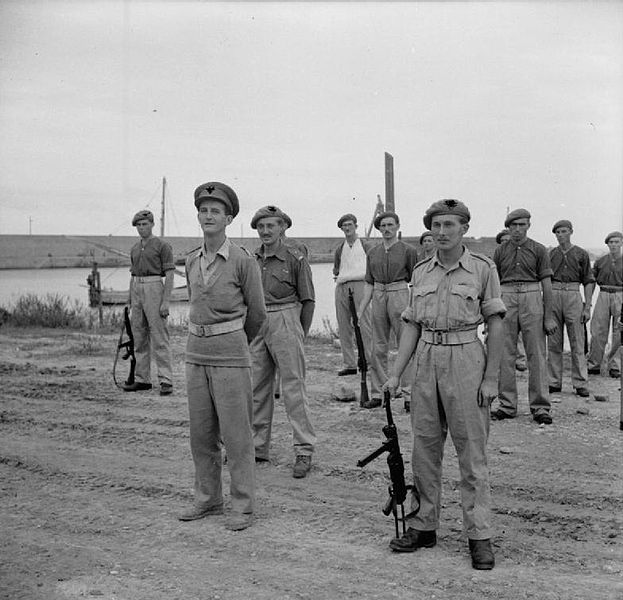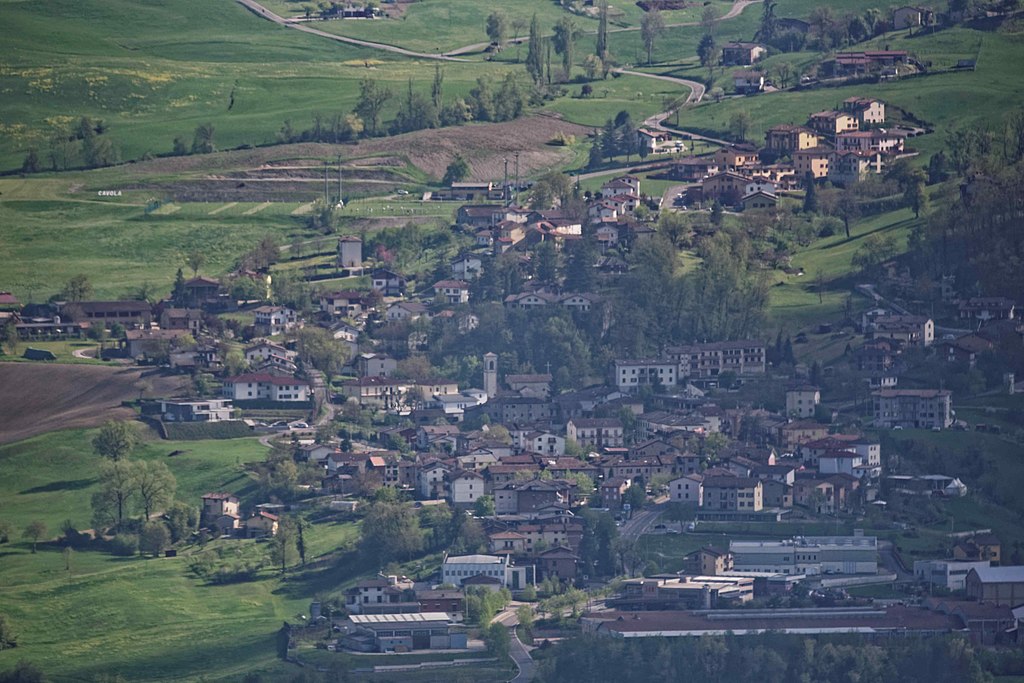Crouched down in undergrowth, SAS Major Roy Farran was about to signal the start of a guerilla attack against the Nazis in what would become known as Operation Tombola.
The Germans throughout Italy were in retreat from Allied forces, but the stiff Gothic Line prove impenetrable.

And paratroopers such as Farran were dropped behind enemy lines to help poke some holes.
Farran wasn’t supposed to be in the field, though. He “accidentally” fell out of the plane with his men.
Once on the ground, Farran quickly went about assembling a ragtag band of fighters. The goal? To cause as much grief to the occupying Germans as possible.
The result was a force of 20 SAS paratroopers, 40 Italian partisans, 60 Russians (many of which were freed German POWs), 15 Italian women, and a Scottish bagpiper.

It was an eclectic group, to say the least
Allied intelligence discovered the Germans had set up a headquarters at nearby Albinea.
On March 27, 1945, Farran sent two young women from his group cycling into the town. They spent a bit of time flirting with the German sentries and pedaled around the town. The entire time, they made mental notes.

The women returned to the men reporting approximately 500 German soldiers in the barracks in town.
In addition, the German officers turned the two largest buildings into their headquarters.
Aside from determining the location of these buildings, the women also told the men machine gun nests locations, the number of sentries protecting the headquarters (four each), and the 8-man patrol that marched up and down the main road.

Armed to the teeth with “knives, pistols, Tommy guns, and rifles,” Farran’s men prepared to attack in the night.
Farran split his men into several groups.

He created two assault teams consisting of 10 SAS and 20 Italians each.
They were each responsible for the two headquarters buildings. The Russians set up an ambush on the road connecting the barracks to the headquarters.
Farran and the rest of the force provided cover fire.
The bagpiper? His job was to play “Highland Laddie” throughout the entire raid. Psychological warfare, after all, can be very effective.
As the attack started, the crew disposed of the sentries before they ever knew they were under fire.
Stiff resistance met the men with each building. After the first was taken, however, the second burned to the ground with the Germans on the upper floor.
The men in the barracks attempted to reach HQ, but the Russians kept them well at bay.
And exactly 20 minutes after the attack started, a flare signaled Farran’s men to disappear into the mountains.
There they hiked over 22 miles towards safety at Cavola. All the while, they evaded German patrols.

A total of 60 Germans died. Farran, on the other hand, lost just three paratroopers — two of which had tried to ascend the stairs of the HQ.
Largely due to fears they were surrounded by SAS paratroopers, German forces in Italy surrendered a month later.
If you’re interested in reading more of Operation Tombola, check out Damien Lewis’ book, Churchill’s Hellraisers. You can also go straight to the source and read Farran’s book, Operation Tombola.
This is a new style of article for Pew Pew Tactical; if you liked it — let us know in the comments! If you didn’t enjoy it…well phooey. To catch up on previous Pictures from History, click on over to our History Category.
The post A Picture from History: Operation Tombola appeared first on Pew Pew Tactical.

